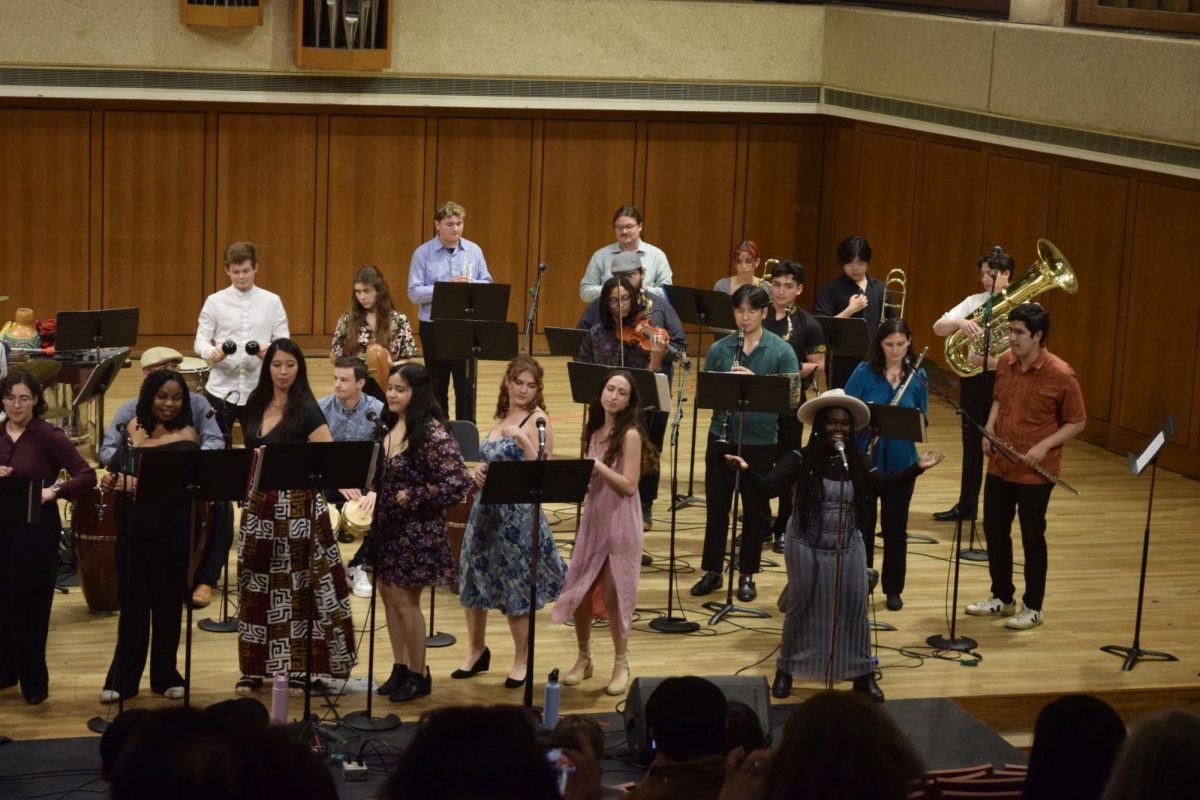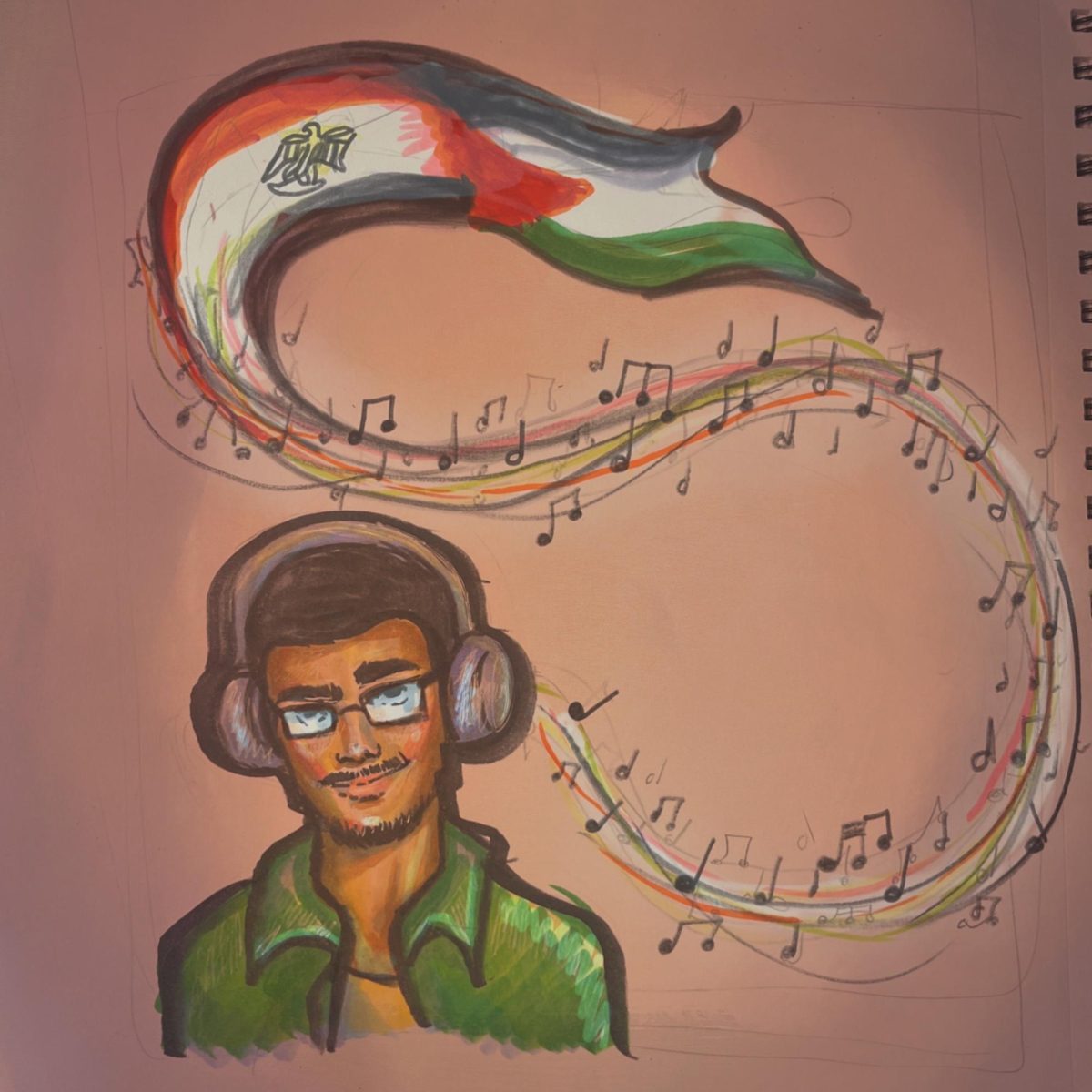When the Korean song “Gangnam Style” debuted this July with the memorable chorus “Hey, Sexy Lady!” it became a worldwide phenomenon amassing more than 668 million views on YouTube. The viral video of the Korean singer Psy comically dancing to the song quickly inspired countless American YouTube parodies and remakes.
“Gangnam Style” is just the most recent example, however, of the increasing popularity of Korean pop culture in the United States.
Korean pop music, or K-pop, has gained an increasing fan base among Americans who are charmed by the bubble-gum sweetness of girl groups like Girls’ Generation and enamored with the synchronized dance moves of bands such as Super Junior.
Korean dramas, television shows similar to prime time soap operas, have also gained considerable popularity in the U.S. DramaFever, a North American website that is one of the largest providers of piracy-free Korean dramas in the U.S., has over 3 million monthly viewers, 85 percent of whom are not Asian, said DramaFever’s vice president of communications and public relations, Rosally Sapla.
While Korean dramas still occupy a niche market in America, Sapla said that the demand for Korean dramas is steadily growing. “Our audience has doubled every six months since we started in 2009,” Sapla said.
Because the majority of Korean dramas feature actors or K-pop stars in their teens or 20s, the genre tends to attract a young adult viewership.
“We have a strong representation of people under 25, who appear to be, because of age and income, in school,” Sapla said.
Junior Isoken Omoruyi is one of the many college students who are avid fans of the genre. Omoruyi, who estimates he has watched roughly 100 different dramas, said he enjoys watching Korean dramas because they let him learn more about Asian culture and the story lines are enthralling.
“I continue watching dramas because the culture of dramas continues to change,” Omoruyi said. “Plus they take me on an emotional roller coaster ride, which I really like.”
Centered on universal themes such as the quest for love and friendship and ambition for fame, Korean dramas tend to follow a set formula that differs from typical American television. Whereas prime time American TV shows tend to come to a relative conclusion as the episode ends, episodes of Korean dramas end at the moment of greatest conflict, leaving the viewer in complete suspense. This format works surprisingly well online because viewers just have to click on the next episode to be granted resolution to the conflict, leading to hours on end of drama watching.
Sapla, who watches up to four hours of drama a night on weekends for her own entertainment, said that Korean dramas become somewhat addictive.
“They have a formula that connects you emotionally to the characters right away,” Sapla said.
The characters, while emotionally relatable, tend to fulfill stock roles within the dramas.
“Boys Over Flowers,” a 2009 series that is one of the most consistently watched Korean dramas online today, is a classic example. The show features a rich young man, Goo Jun Pyo, set to inherit one of Korea’s biggest businesses, who falls in love with a dry cleaner’s daughter, Geum Jan Di. As is true with almost every Korean drama, the male protagonist is callous, cold, rich and powerful while the female lead is portrayed as determined to a fault, stubborn, moderately annoying but incredibly sweet with a heart of gold. Throw in an unfeeling or chronically ill parent and you have the main cast of the majority of Korean dramas.
American viewers remain hooked because while the themes are universally relatable, the dramas have a unique twist because of cultural differences.
“I still keep waching them because I like watching the characters fall in love and they do really cute things in dramas. Their devotion to the one they love is amazing and it’s not something that’s portrayed much in other shows or movies,” Wing Tuet, a chemical engineering senior who has been watching dramas since middle school, said.
According to Sapla, this is one of the main elements that draw American viewers to the dramas.
The most popular reason for watching Korean dramas, however, cited by Sapla, Tuet and Omoruyi, is that it gives viewers the chance to explore another culture from the comfort of their computer chair.
Printed on Thursday, November 8, 2012 as: Korean dramas' fresh emotion captivates U.S. young adults




















